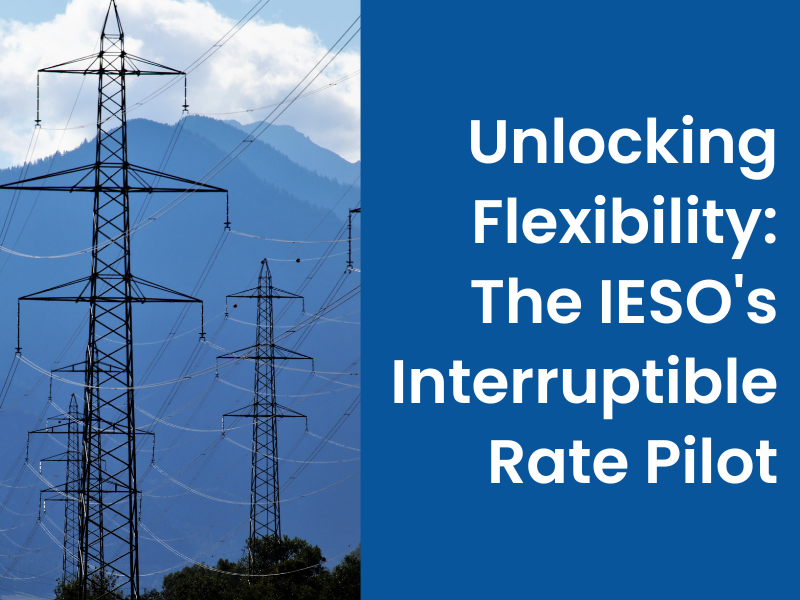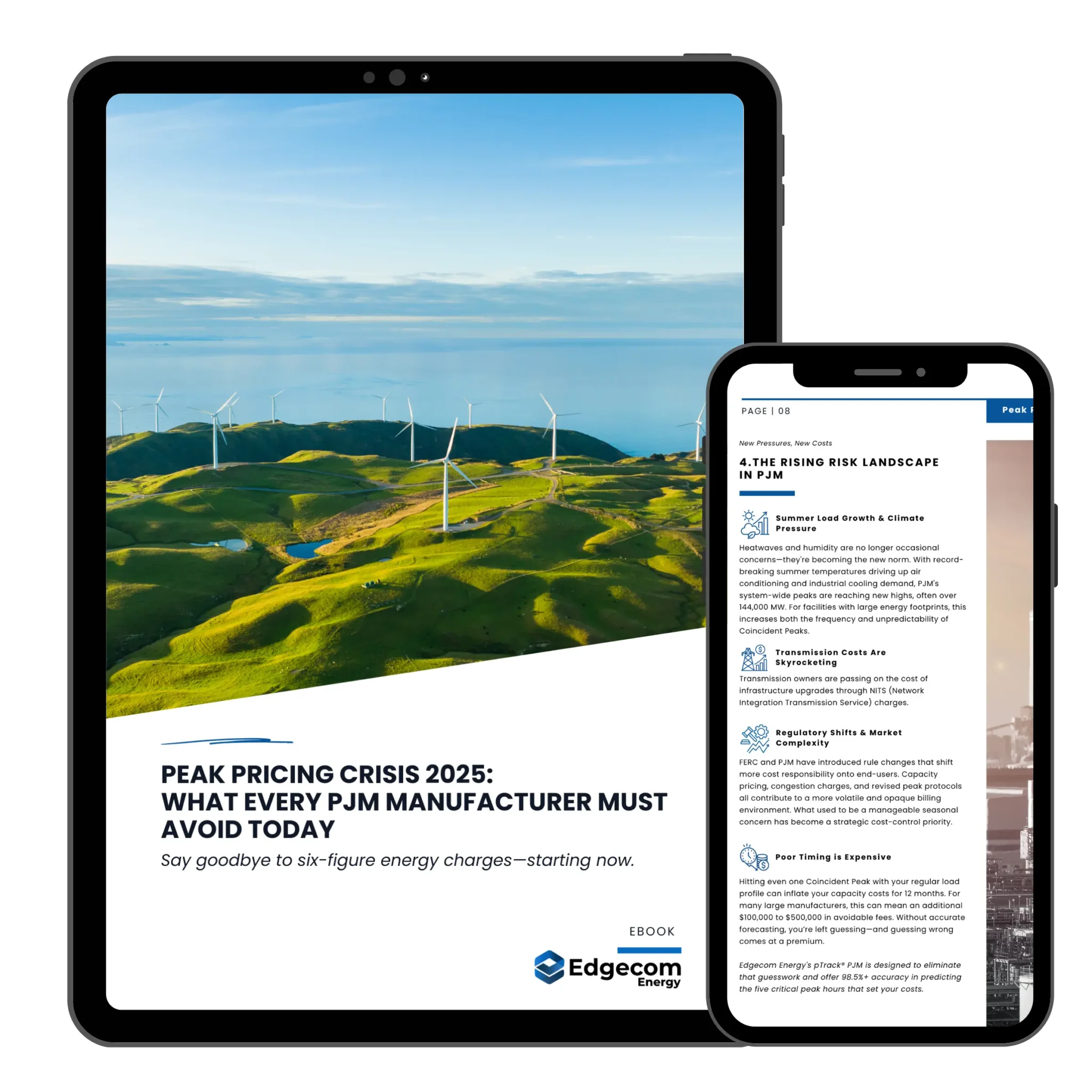Ontario is making a significant move toward providing more flexibility in the use of electricity and giving large consumers more leeway in terms of their energy use. IESO has just launched a new Interruptible Rate Pilot to allow eligible firms to reduce their global adjustment charges by temporarily reducing their electricity use during critical hours. This new experiment, starting July 1, 2023, has benefits to participating firms and provides better planning tools for the IESO, hence increasing the resilience of the electrical system.
Objectives of the Interruptible Rate Pilot
The IRP aims to test new ways to incentivize large consumers to actively support the stability of the electricity grid. Participants can lower their global adjustment charges by agreeing to use less electricity when the IESO directs them during stressful times and thus save costs.
Pilot Duration and Terms
The IRP will last for a maximum period of three years to determine how successful it is. Its pilot participants will be given a notice in advance, and there may be an interruption of supply every year for up to 15 events for 60 hours. Such interruptions are qualified to avail a reduced global adjustment rate if the participants have used electricity at or below a contracted demand level during specified events.
Simplifying Complexity
IRP is an extension of the Industrial Conservation Initiative. By participating, large users of electricity can shift consumption away from peak periods. Contrary to the previous program, the participants are not forced to be in a continuous state of monitoring the weather and demand forecasts. This procedure makes it less complicated and much less uncertain; hence, businesses can pay more attention to their basic operations with the value added of contributing to stability in the electricity grid.
Interruption Events and Procedures
Based on conditions described in Exhibit E, the IESO will announce IRP interruption events. Triggered by events like projected demand exceeding 21,000 MW, this exhibit distinguishes between Long-Notice and Short-Notice Conditions. Notices directed at participants to lower demand are sent by SMS and email. During Interruption Hours, Dispatchable Loads have to show their whole electricity use as Non-Dispatchable. The load must indicate its intention to be non-dispatchable; the IESO first assigns it 0 MW. Notices classify events as Long- or Short-Notice for transparency, with IESO revisions subjecting criteria. IESO’s Advisory Notices publicly provide interruption event notifications.
Stakeholder Engagement
The IRP was developed through broad stakeholder engagement to ensure that the pilot reflects the interests and concerns of a wide group of participants. By incorporating comments, the IESO hopes to develop a program that benefits large users while also contributing to broader power system goals.
The Interruptible Rate Pilot represents Ontario’s forward-looking approach to energy management. Empowering big users to actively promote grid stability helps individual companies and adds to the general resilience and efficiency of the electricity system. As the pilot advances, it could guide further policy decisions, therefore promoting more affordable and environmentally friendly energy sources for every ratepayer.
Edgecom Energy’s pTrack® Solution
To ensure that no peaks are missed, Edgecom Energy’s pTrack® system leverages advanced AI algorithms. This technology allows our customers to save significant savings while still participating fully in the IRP. The pTrack® solution demonstrates our dedication to innovation by offering businesses with a smart and effective approach to handle the demands of the Interruptible Rate Pilot. As the pilot develops, the incorporation of cutting-edge technology such as pTrack® shows promise in minimizing electricity use and maximizing advantages for our valued clients. Contact us today to find out more about pTrack®, the ICI program, or becoming a Class A company.

